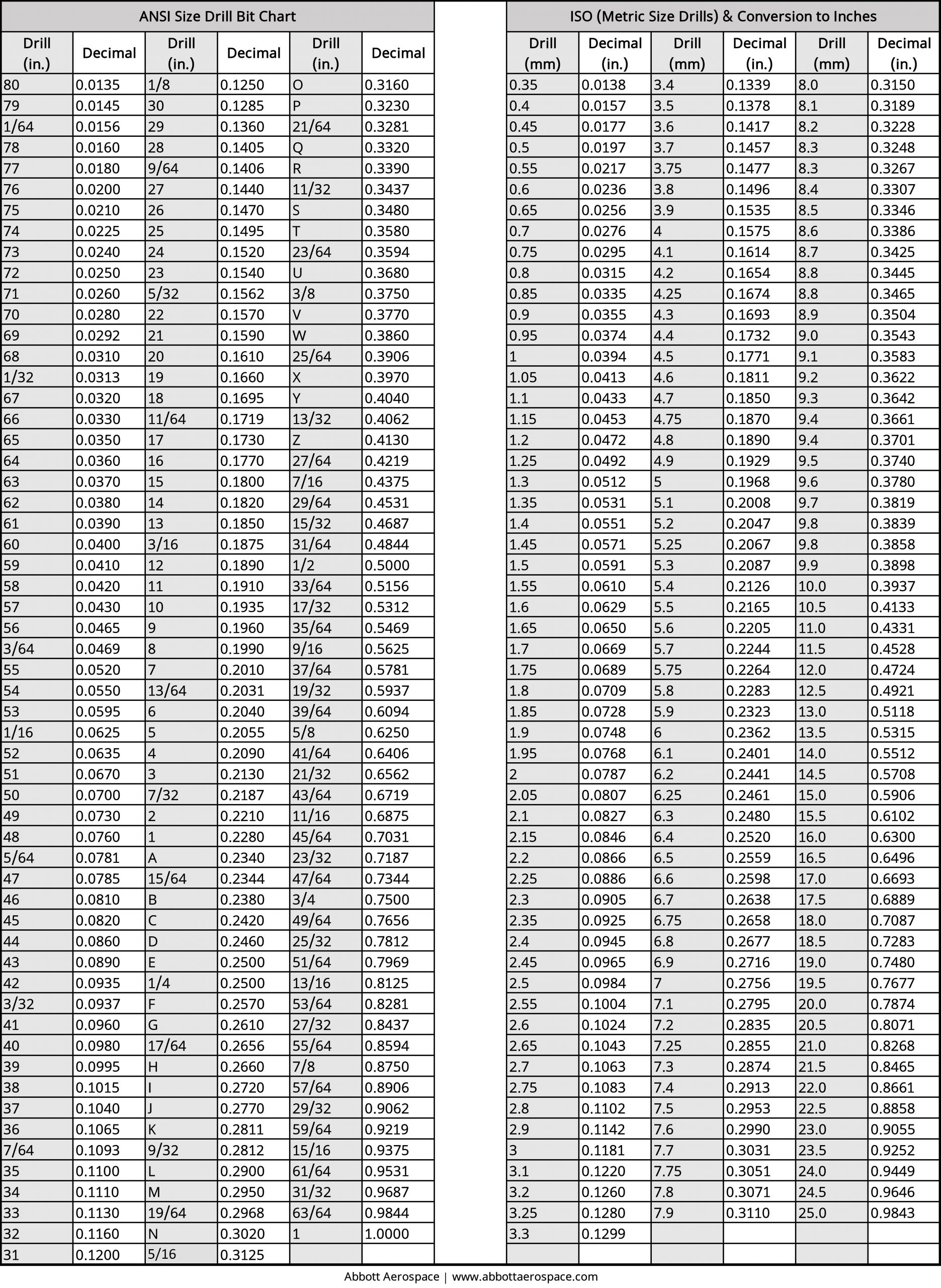Aces-High
Member
Is there a list of reccomend drill sizes for different taps and dies?
Thanks,
Jason
Thanks,
Jason

Hi Mike, 12 mm tenon should work, I wouldn't go to much less than that or you will end up with flat tops on your threads.As a relative newcomer to kitless pens, I asked this question about how to calculate the size of the tenon for using a die in a recent forum, and I had an excellent response from Monophoto. My die for the internal cap thread and the corresponding male thread is 12mm- .75. The 12mm tenon worked well on acrylic blanks, although being a novice at kitless pens, I am still waiting for a finished pen I can be proud of!!
However, after recently seeing an article on the Web about making an aluminium pen with a slimline kit on a woodturner's lathe, written by Walter Hall in Woodturners magazine a few years ago, I decided to attempt a kitless pen in aluminium after making a decent attempt using a kit.
However, I turned the tenon down to 12mm, but the die would not even attempt to make a thread, and in the end, I had to gradually turn the tenon down significantly to enable the thread to start. The pen was not successful but I am still trying. I bought a 1 metre length of 15mm rod for £10 (English) so I still have a lot to play with without it costing a lot, and I am learning a lot in the process.
However, the question is, what was wrong with the 12mm tenon size in aluminium for the die I was using?.
I have also now ordered a brass rod-so I can give that a try!
Keep safe and Cheers
Mike
... I also need to experiment more with the chamfer ... I have been using WD40 as a lubricant ...
